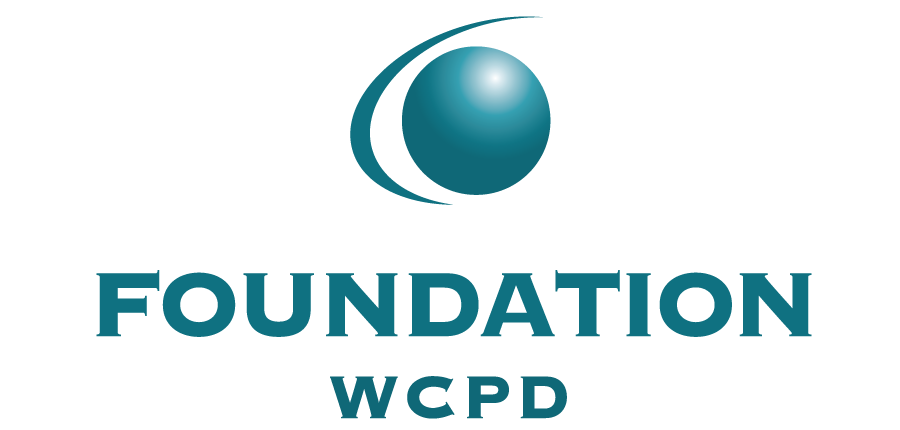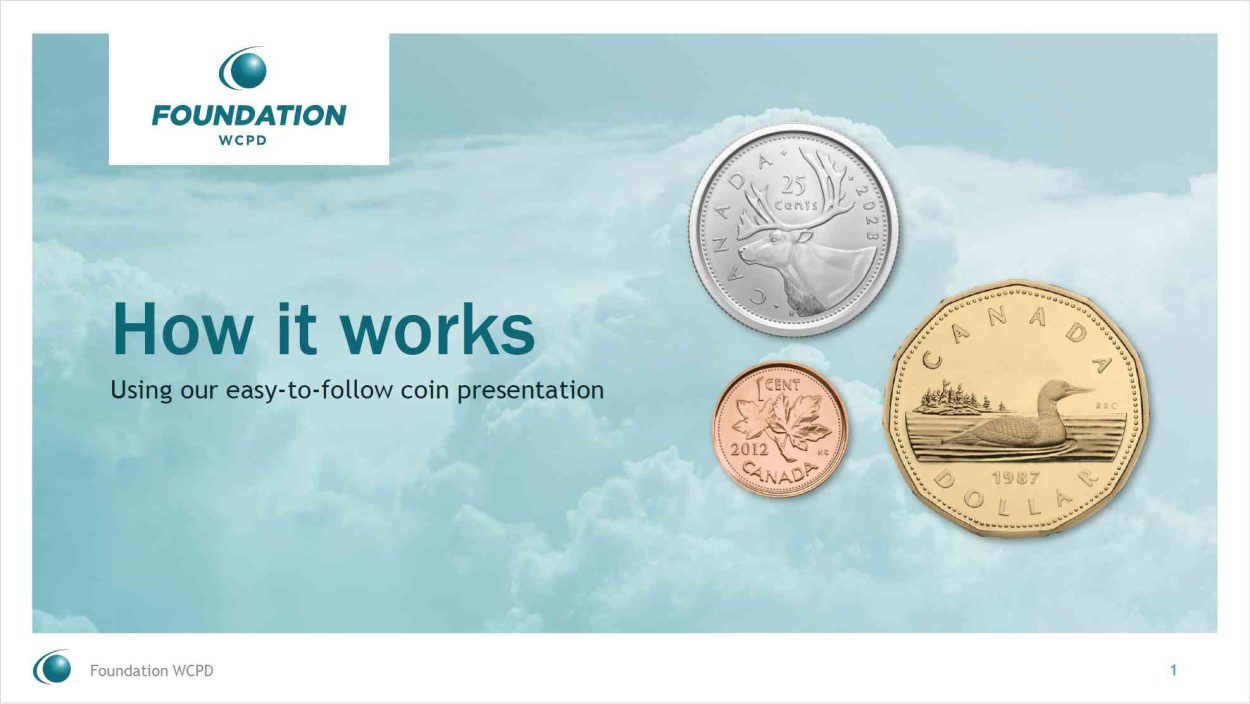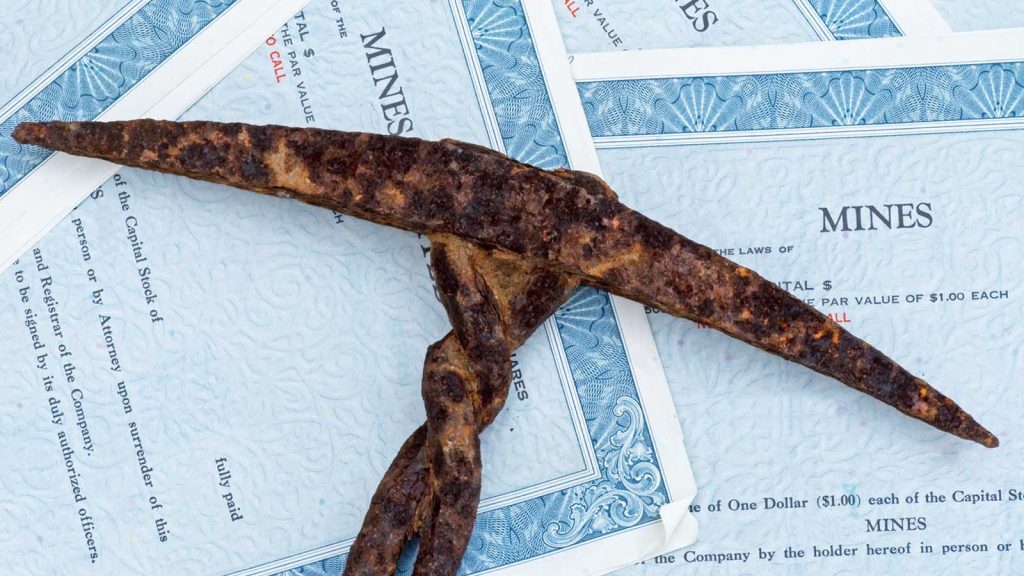Did you know?
Philanthropic Tax Planning
First and foremost, giving back comes from the heart. Many philanthropists do not always consider tax savings when it comes to their donations.
The WCPD Foundation seeks to change that.
Our clients are among the most successful and generous people in society. Most want to know – what is the best and most efficient way to give? The answer is public flow-through shares with an immediate liquidity provider.
Using our proven and efficient flow-through share model, clients can drastically reduce the after-tax cost to give and make the maximum impact on their charities of choice. Individuals and corporations also have the option of earning an after-tax profit.
Since 2006, our firm has completed more flow-through transactions than any firm in Canada and, on behalf of our clients, facilitated more than $350 million in donations to charities across the country.

What charities are important to you?
How it Works
Since 1954, Canada Revenue Agency (CRA) has offered a 100% tax deduction on flow-through shares, which are stock issued by junior mining companies in Canada to fund exploration. The government offers this tax incentive due to the mining industry’s crucial role in the Canadian economy, while serving as a major employer of Indigenous Peoples. Governments around the world have also deemed mining essential to our green energy future, through the much-needed supply of critical minerals.
To unlock tax benefits, clients purchase these public flow-through shares and donate them to charities of their choice. The shares are then immediately sold at a discount to an institutional buyer, or liquidity provider, for cash. The liquidity provider takes on the stock market risk – this is a key benefit.
The charity receives the cash proceeds, but issues a donation tax receipt to the donor, generating a second 100% tax deduction.
By combining these two tax policies, our clients can reduce their taxes, and if they wish to, give more to charities of their choice. Alternatively, clients can keep the tax savings from the flow-through shares and sell them to the liquidity provider, earning an after-tax profit.
The WCPD Foundation takes care of the entire process for you, from beginning to end.
Download our Coins Presentation
Proud to Support

The WCPD Foundation is proud to be an Imagine Canada Caring Company. As such, we invest a minimum of 1% of pre-tax profit to strengthen Canadian communities and contribute to a vibrant, healthy society.
Step by Step
By The Numbers
Amount of charitable giving facilitated by the WCPD Foundation:
WCPD Inc. has assisted with financings for resource issuers for:
Personal tax return filings since 2006, using a flow-through tax receipt and a charity tax receipt
Cheques issued by the WCPD Foundation to other charities, as directed by clients:
Advanced CRA tax rulings on this exact structure, with flow-through shares
The year CRA introduced flow-through shares as a 100% tax deduction – three years older than RRSPs















